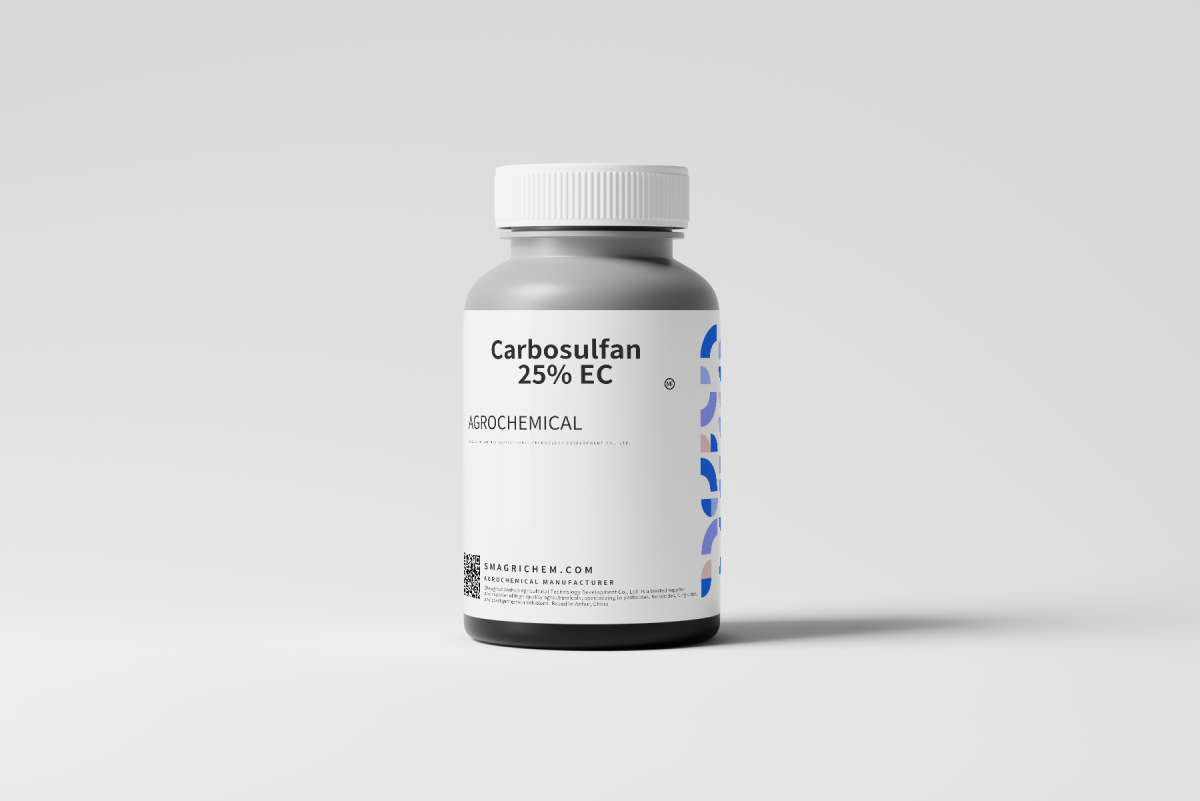Active Ingredient: Carbosulfan (25% in Emulsifiable Concentrate, EC)
Mode of Action: Metabolized in insects to carbofuran, a cholinesterase inhibitor that overstimulates the nervous system, causing paralysis and death.
Action Types: Systemic absorption, contact killing, and stomach poisoning.




